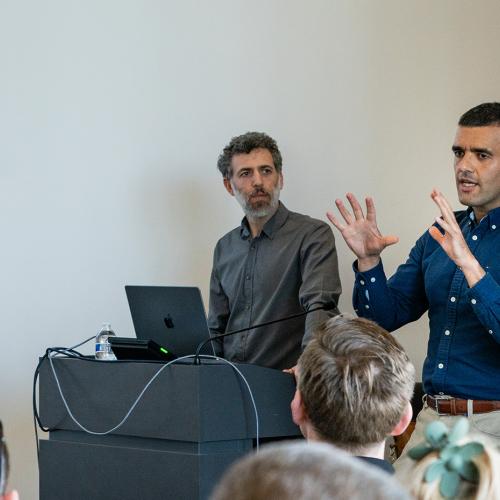Wasted at Work
Tips for reducing fatigue and injury in the workplace

Fatigue is often an unnoticed factor affecting the workplace. Its mental impact is comparable to that of alcohol, with 21 hours of sleep deprivation equating to a blood alcohol content sufficient to fail a breathalyzer test. However, identifying the effects of fatigue can be challenging, as they are not always apparent from an external perspective. Fatigue can lead to diminished concentration, attention, memory, irritability, and other detrimental effects. Over time, this can result in boredom, a lack of fulfillment, and decreased productivity. In high-risk industries, fatigue can pose life-threatening risks. So, how can we address these negative impacts of fatigue effectively?
System-Level Focus
One approach is to focus on the system that gives rise to fatigue-inducing conditions. Research on workplace safety has revealed that 85% of workplace errors are caused by systemic factors rather than individual workers themselves. As Philip Greison, Vice President of PROSAFE Solutions, says, “When [workers] are fatigue-drunk, we don’t just tolerate it. We actually create the system that causes it.” Especially considering high turnover rates and the considerable resources required to attempt to change the mindset of each individual worker, it becomes evident that allocating resources towards changing the system is the most effective approach. For example, many companies follow the Department of Transportation’s 14-hour maximum for drivers and apply it to their own workplaces. However, if workers are working 14-hour shifts, do they really have enough time to commute home, take care of personal and familial responsibilities, eat, clean, and still be able to get a good night’s sleep? Addressing this concern, a Florida-based company implemented a change by giving employees a 7% blanket pay raise while reducing working hours. Six months later, they gave an additional 3% pay raise. These changes resulted in increased productivity, higher morale, improved worker retention, and enhanced profits. Avoiding long shifts, ensuring adequate rest and recovery time between shifts, and incorporating regular breaks during shifts are effective system-level changes that employers can make to mitigate fatigue.
Embracing Automation
Introducing automation is an intriguing approach for workplaces and another solution to help combat and reduce fatigue. However, it is crucial to evaluate existing processes thoroughly, identify hazards, and involve employees in the design before implementing automation. Otherwise, you may be “automating a bad process and producing bad results faster and more efficiently,” Paul Todd, leader of Georgia Tech’s Georgia Manufacturing Extension Partnership (GaMEP) team, says. The phrase “dull, dirty, and dangerous” describes tasks that may be prime candidates for automation because it would reduce risk and allow employees to focus their skills on more fulfilling tasks that require human talents. Additionally, it's important to recognize that automation extends beyond the traditional perception of large, hazardous machinery often associated with car manufacturing facilities. There is a wide range of automation technology, including smaller-scale equipment that can be effectively and safely implemented in various workplace settings. By evaluating processes that contribute to fatigue and experimenting with changes, especially at the system level, employers can effectively manage the effects of fatigue and foster a more satisfying and sustainable workplace.
Mitigating the negative impacts of workplace fatigue requires addressing systemic factors rather than solely focusing on individual employees. By implementing system-level changes, such as avoiding long shifts, allowing sufficient rest time, and considering automation where applicable, organizations can create a more fulfilling and sustainable work environment.
Watch our webinar, Tips for Reducing Fatigue and Injury in the Workplace, to hear directly from Georgia Tech experts on how organizations can help their workers stay mentally and physically engaged while on the job.
Written by: Jessica Helmer

